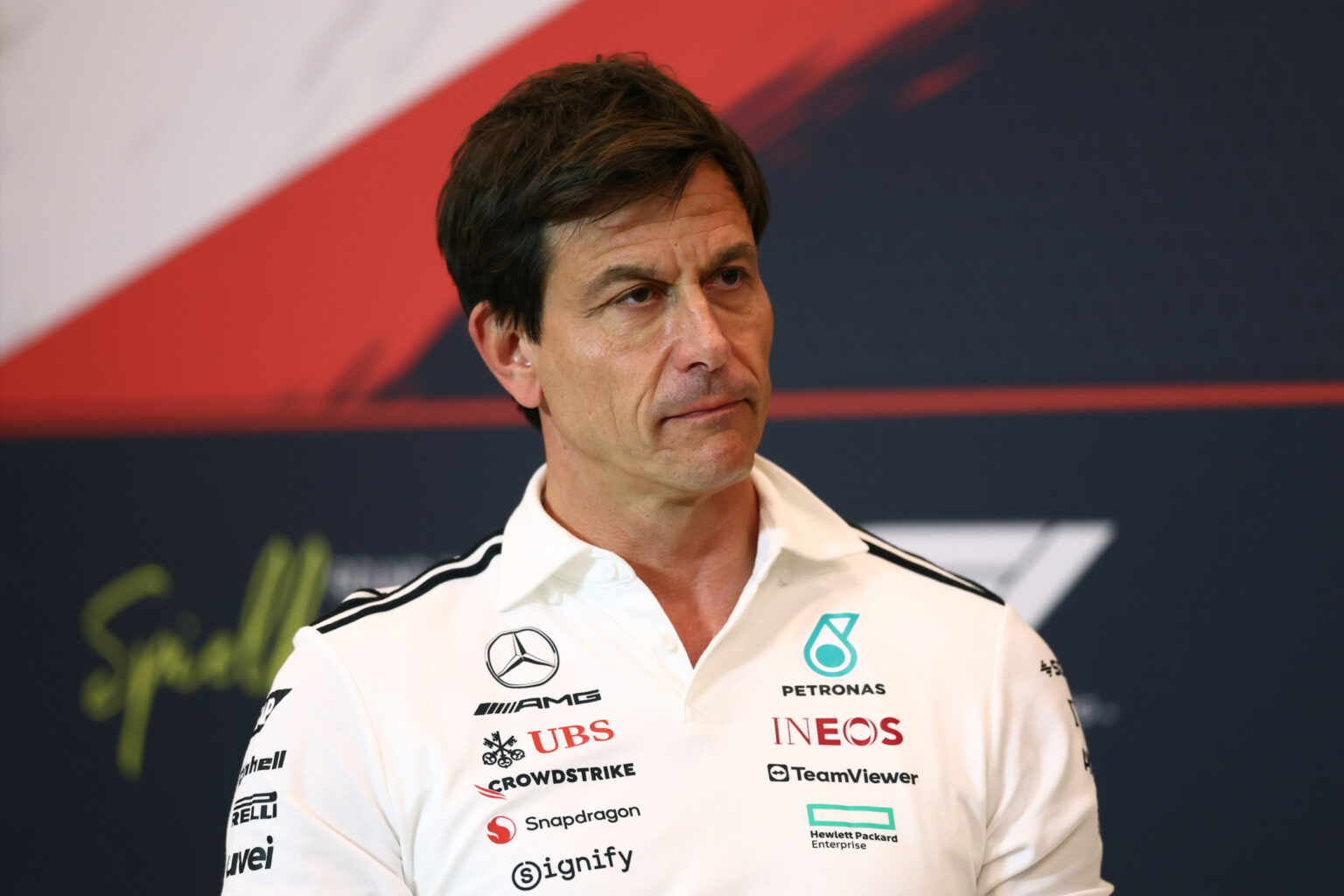Mercedes AMG Formula One team principal Toto Wolff’s claim that the 2026 car is capable of reaching speeds of up to 400 km/h has been addressed by FIA’s single seater director Nikolas Tombazis, who immediately turned down the possibility of that happening.
With the 2026 power unit being one of a kind, given that it will be powered equally by electric power and internal combustion, there has been much talk about its potential, with questions about whether it will be able to produce great racing. In addition, active aerodynamics will replace the exclusive Drag Reduction System (DRS) on the cars, a big switch from familiar convention.
One factor that raises doubt about the prospect is that this would be the first time teams are building F1 power units of such a nature. Secondly, several drivers, such as Alex Albon and Charles Leclerc, have admitted to being a lot busier on the 2026 car simulators, as they have a lot more to deal with in terms of the modes and electronics than just focusing on going as fast as possible around a corner.
Amid the uncertainty, Wolff recently expressed confidence in the 2026 power unit and said that the car could hit the 400 km/h ceiling if the full potential of the power unit is utilized. Now, Tombazis has explained that the current regulations do not allow such speeds. He told Planet F1:
“I can assure you there won’t be speeds of 400km/h. I think it was more of a light-hearted comment, which, from what I heard, he meant to say that, with the power the cars have and with the low resistance the cars have, you could conceivably – if you combine everything together – have cars going over that speed.
“Now, the way all the energy management regulations work, that is not possible, physically or engineering-wise. We have quite a lot of control, as FIA, on those regulations, and on top of that, we have a strong card to play if necessary, and that is for safety reasons.
“We could intervene if there was anything, but we are quite confident and quite sure that the regulations don’t permit those sorts of speeds.
“It is the performance envelope of the car; if there were no regulations on any management, that would allow such speeds.”
Tombazis admitted that some teams could be strong initially, while others will gain performance over time, which is typical in the initial years of a new regulatory era. That means reports of certain teams doing well before the new cars have even hit the race track are just speculation. He said:
“Invariably, a new regulation will have a wider spread initially. That is part of the game.
“It will also have more variable performance initially, meaning there will be some ups and downs as people learn the new regulations.
“The FIA doesn’t have access to the people’s horsepower or downforce in the wind tunnel or the exact performance they’re going for. We don’t know that.
“It’s not part of the regulation that we can have access to this data, for obvious reasons. Therefore, exactly who’s doing well and who’s doing badly, I think, is somewhat still very much speculated.
“So all of these speculations that somebody will do particularly well or particularly badly, I think it’s all just that speculation.
“Clearly, there are some newcomers. They have a very uphill road to follow and, logically, they will have a steep learning curve. It will be a steep learning curve for everybody, of course, because of the new regulations but, for them, it will be doubly so.”
Read the full article here


